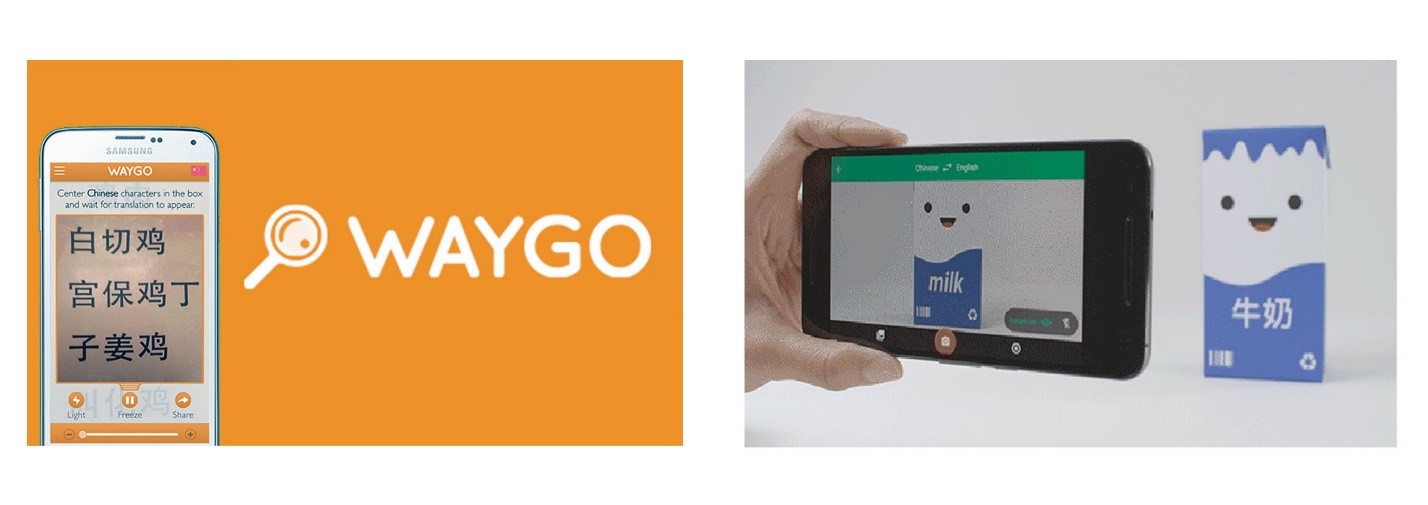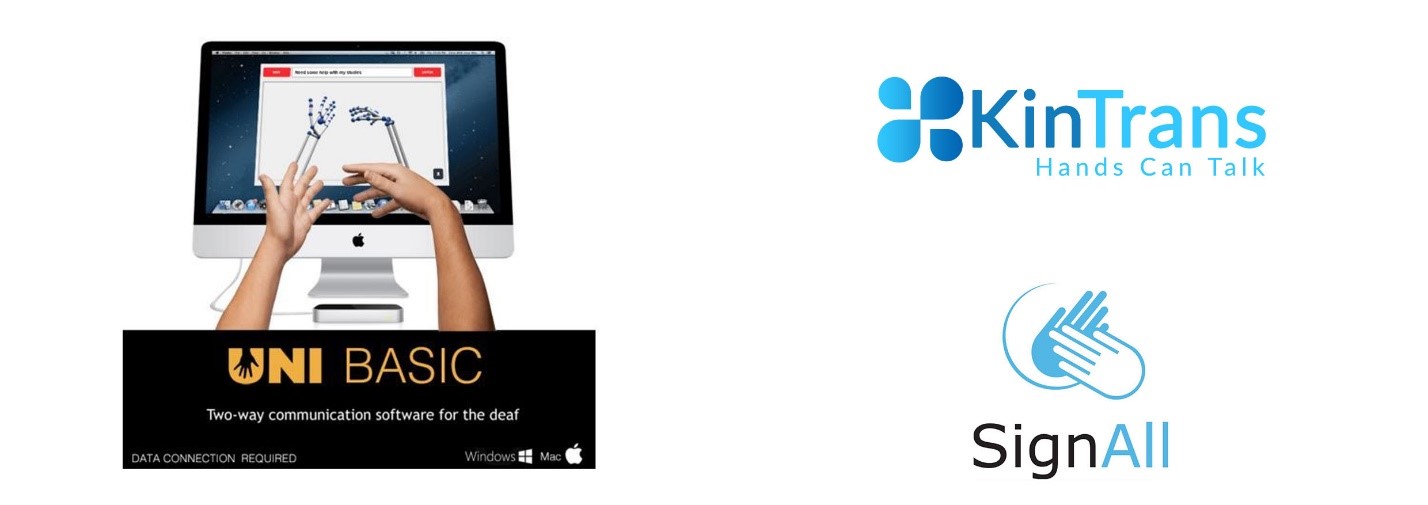The translation and interpretation industry has doubled in the past seven years, advancements in translation technology have enabled translators and interpreters to improve their performance. While on work experience, Wendy Cowen (Yr11 student) from The Bishop’s Stortford High College explored how translation technology is breaking down language barrier

With the rise of global communication and over 6000 languages being spoken around the world, it is only natural that we have developed technology that will help us translate and understand each other more easily.
Launched in 2006, the well-known Google Translate now converts more than 100 billion words per day with over 500 million users. It supports 100 languages with text as well as 37 languages with photos and 32 languages with speech.
The idea of translating in “real-time” is a popular and growing concept for both text and speech platforms and combines ideas of artificial intelligence, augmented reality and speech recognition.
Visual Translation
The languages (image 1) that can be deciphered by Google Translate via photos is thanks to technology from Quest Visual’s “Word Lens” application which they incorporated in 2015. “Waygo” exists specifically to translate images with Chinese, Japanese and Korean, which sets it apart from Google Word Lens given that Japanese has only just been introduced and Korean has yet to be added.
These applications use optical character recognition (OCR), which also has an important use for the blind. Microsoft’s “Seeing AI” app is able to narrate your surroundings through use of the smartphone camera. It can recognise friends, describe scenes and recognise and read aloud text instantly, not only through the camera but on certain apps, like Twitter, as well.

Another form of visual translation is through motion. MotionSavvy’s UNI is the first translation technology that translates sign language and is also able to record your signs. With over 5% of the world’s population having some degree of hearing loss and 300 sign languages in the world, translation technology for sign language is just as important to develop as spoken languages. Other companies looking to translate sign language include KinTrans and SignAll which use 3D cameras and algorithms.

Speech Translation
Many of these sign language translators are also able to convert speech into text, which brings us onto the topic of speech translation.
Technology for speech recognition has mainly grown due to the use of virtual assistants like Siri and Alexa with an estimated 504 million users in 2016.
The new “Pilot Earpiece” is one of the most prominent users of this technology for language translation with their earphones being able to translate another person’s speech almost immediately when used in tandem with their app. Messaging companies have also been quick to integrate this technology with Skype translator, WeChat and SpeechTrans being some of the most notable companies.

Problems with Translation Technology
However, there are still many obstacles that technology itself has to overcome before completely abolishing the language barrier.
Many of us are aware, painstakingly so, of some of the errors and difficulties that we are faced with when using a text translating program. Word order can be flipped upside down, verbs time-travel from past to future tense and everywhere in between, and words disappear and resurface in a lexical sea of confusion. Considering that, often, the use of translation programmes are by less knowledgeable people in terms of the language, these errors can often go unnoticed. Although many of these issues are less significant with newer and newer versions of technology, there are still some sentences that just don’t make sense when translated, whether it is because of idiomatic phrases and slang, ambiguity or complex structuring.
With photos, there are additional problems given that there are certain fonts and handwriting issues that are difficult to decipher as well as different alphabets. With speech, there are problems in terms of voice recognition itself due to accents, hesitation, mumbling and background noise. Such problems are evident when using voice recognition technology with virtual assistants today, and it’s easy to see how it becomes even more difficult with multiple languages and translation. There is also the additional idea of technology being able to pronounce translated words effectively back to the listener. This requires an understanding of accent as well as tone and intonation, for example raising your voice at the end of a question.
Conclusion
Evidently, there is still a way to go before we can completely rely on technology to translate everything. Nevertheless, growth in the use of virtual assistants means that improvements in translation technology are not far in the future. However, even if all these issues are resolved, some people doubt whether technology will be able to compete with human translators in their ability to convey nuances within language (such as emotion and humour).
These improvements also spark an interesting debate in regards to learning languages. If the technology advances far enough, is there any point in learning a language? Conversely, will technology encourage people to learn a language with greater speed and ease? In addition, there is even uncertainty on whether several languages will still be around in the future, which would have a negative impact on translation technology. Overall, I watch the evolution of language and translation technology with interest and anticipation.
Wendy Cowen - The Bishop's Stortford College
14th July 2017
Sources and Links:
You can find the FSI’s language difficulty ranking here: http://www.effectivelanguagelearning.com/language-guide/language-difficulty
If you want to look at some more Google Translate facts, click here:
http://www.k-international.com/blog/google-translate-facts/
More on Microsoft’s “Seeing AI” app here:
http://www.telegraph.co.uk/technology/2017/07/12/microsoft-launches-iphone-app-narrates-world-blind-people/
Check out MotionSavvy’s UNI here:
http://www.motionsavvy.com/uni.html
Other sign language software:
https://www.newscientist.com/article/2133451-automatic-sign-language-translators-turn-signing-into-text/
You can take a closer look at (or even purchase) the Pilot Translating Earphones here:
http://www.waverlylabs.com/pilot-translation-kit/
On a related topic, you can read Sarah Griffiths’ article on the future and extinction of languages here:
http://www.dailymail.co.uk/sciencetech/article-2910238/How-speak-100-years-90-languages-extinct-migration-linguist-claims.html
Also related, you can read Nataly Kelly’s article on how technology has affected translators here:
http://www.huffingtonpost.com/nataly-kelly/why-so-many-translators-h_b_5506533.html